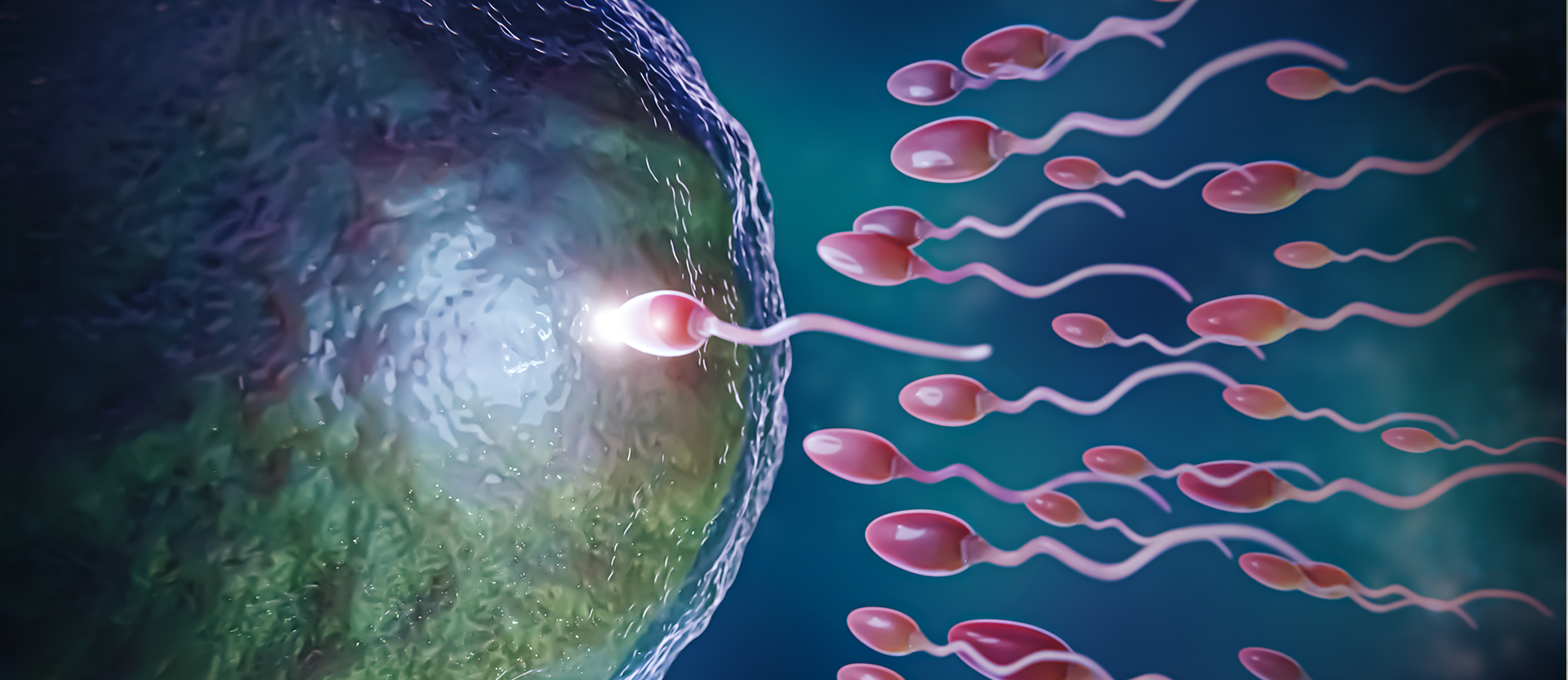
Fertility refers to the reproductive function of women and depends on a woman's ability to conceive. The fertility rate of women can vary depending on factors such as age, overall health, hormonal balance, nutrition, lifestyle, and environmental factors.
The fertility age of women refers to the period from the onset of menstruation to menopause. Menstruation typically begins between the ages of 12 and 14, and menopause usually occurs between the ages of 45 and 55.
Some factors that affect fertility include:
- Age: The fertility rate of women decreases as they age. After the age of 30, a woman's chance of becoming pregnant decreases each year.
- Hormonal Balance: Fertility in women is associated with proper hormonal balance. Imbalances in hormones can lead to irregular menstrual cycles and a decrease in fertility.
- Nutrition: A healthy and balanced diet can help increase women's fertility. Additionally, being overweight or obese can reduce fertility.
- Lifestyle: Alcohol, smoking, and drug use can reduce fertility. A stressful lifestyle can also impact fertility.
- Health Status: Women's health can affect fertility. Certain illnesses, infections, and surgical interventions can impact fertility.
Ovulation Period:
The ovulation period is the time during a woman's menstrual cycle when ovulation occurs, releasing a mature egg into the female reproductive system. This is necessary for a woman to become pregnant.
Ovulation typically occurs in the middle of a woman's menstrual cycle. The menstrual cycle represents the hormonal changes in a woman's body over a month and begins with menstrual bleeding. While the average menstrual cycle is 28 days, it can vary among women.
Ovulation starts with the growth and maturation of structures called follicles inside the ovaries. The matured egg creates a protrusion on the surface of the follicle, and the follicle ruptures. The egg moves toward one of the fallopian tubes, where it awaits fertilization.
The ovulation period is a time when women experience increased fertility. Women can enhance their chances of pregnancy by tracking their ovulation periods. To track ovulation, women can monitor their basal body temperature, the consistency of cervical mucus, and certain hormone levels. Ovulation tests can also be used.
How to Calculate the Ovulation Period:
The ovulation period occurs in the middle of a woman's menstrual cycle. If the menstrual cycle is typically 28 days, the woman's ovulation period is around the 14th day. However, as women's menstrual cycle lengths can vary, the ovulation period can differ from person to person.
To calculate the ovulation period, one needs to know the length of the woman's menstrual cycle, measured from the first day of one period to the first day of the next. For example, if a woman's menstrual cycle is 30 days, the ovulation period is generally on the 16th day (30-14=16).
In addition to calculating the ovulation period, women can monitor basal body temperature and the consistency of cervical mucus. Basal body temperature is the temperature measured immediately upon waking, and during the ovulation period, it usually increases. The consistency of cervical mucus also changes during the ovulation period, becoming thinner and stickier.
Women can also use ovulation tests to track their ovulation periods. These tests measure the levels of luteinizing hormone (LH) in a woman's urine, which increases before ovulation. Ovulation tests are available at many pharmacies and online.
Calculating the ovulation period is crucial for women planning pregnancy. However, these methods may not be entirely accurate, and it is recommended to consult with a healthcare professional for precise results.
If you are experiencing difficulty getting pregnant or have concerns about your fertility, it is advisable to speak with a healthcare professional.




